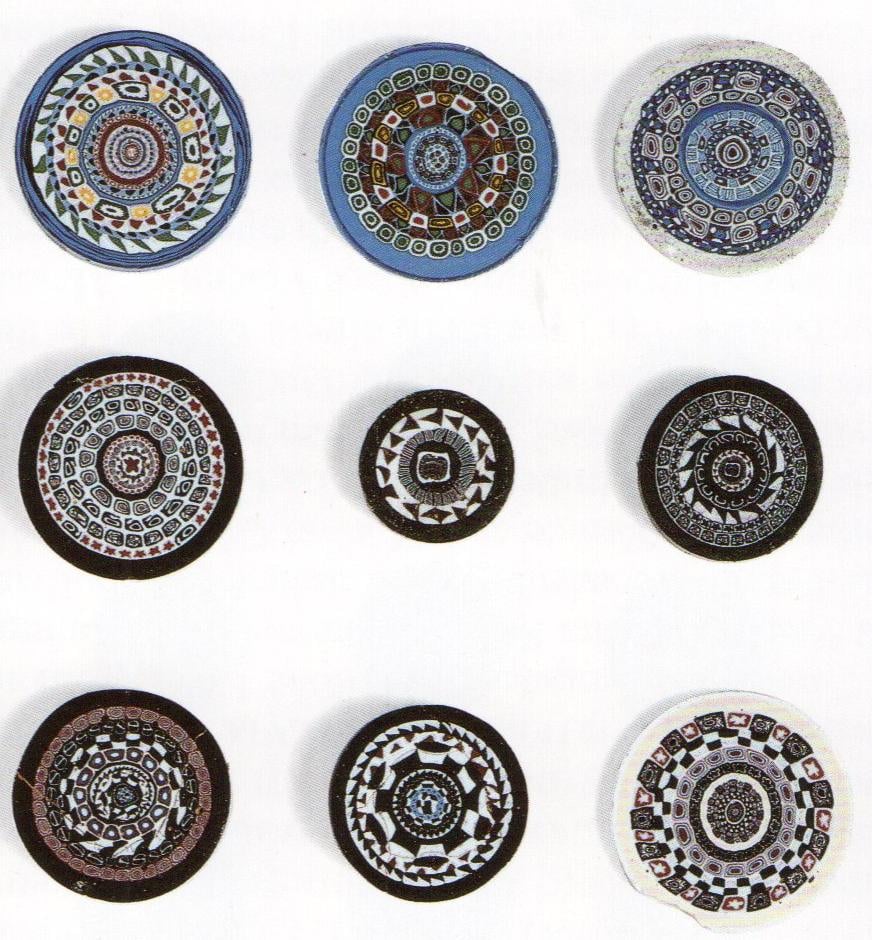The art of collapse
A visit to the Murano Glass Museum

There were so many beautiful things to admire and acquire in Venice, including and especially Murano glass. The island—where Venetian glass workshops were moved in 1291 to avoid fires in the city—is where artisans invented transparent glass, a technology so fundamental to the world that came after I never realized it had to be invented at all. The medieval objects in the Murano Glass Museum look exceedingly modern in their subtle details and intricate but restrained designs. They are showcases of technique and celebrations of form, just as impressive today as they were centuries ago.
Glass got more and more ornate as Venice got wealthier and wealthier; in the museum, there is an 18th century table centerpiece, representing sprawling glass garden, that would look right at home in Versailles. And then: the Napoleonic wars, his conquest of the island city, the fall of the Venetian Republic. Whatever remnants of the upper class remained, they weren’t commissioning extravagant glass centerpieces anymore. The artisans of Murano, without the same resources or patronage, lost many of the techniques their ancestors had developed. The regulations that had governed and protected their craft evaporated. Their inventions had once changed the world, but now the world had changed again, in ways that threatened their existence.
And then. And then! Murrine glass. It was an old technique, made anew in and for a new world. Artisans, adrift and struggling, could make it out of scraps and leftovers, fusing together canes of different colors into dense mosaic patterns and stretching them into long, thin cylinders. They sliced the resulting cylinders into dozens or hundreds of tiny pieces, which they either used like beads or assembled into plates or other shapes. Murrine glass was the opposite of elegant, transparent medieval glass. It was loud, dense, and riotously colorful. It was either haphazardly thrown together or ridiculously over-designed (miniature portraits of the pope anyone?). It was over the top. It was tacky.
Murrine glass was also creative, resourceful, and beautiful. It was a style made possible not by riches, empire, and aesthetic control but by political collapse, economic desperation, and societal chaos. It kept Murano’s glass workshops alive and innovating long enough for the island’s artisans to rediscover the lost techniques. Now they make the elegant filigreed forms again. And they make Murrine glass, too, itself an iconic, renowned Venetian style. I bought a small dish from an artisan on the island, a perfect celebration of my forthcoming apocalypse book—full of stories like this one—and a reminder of how catastrophe changes us in ways we never wanted and still wouldn’t trade for anything.
